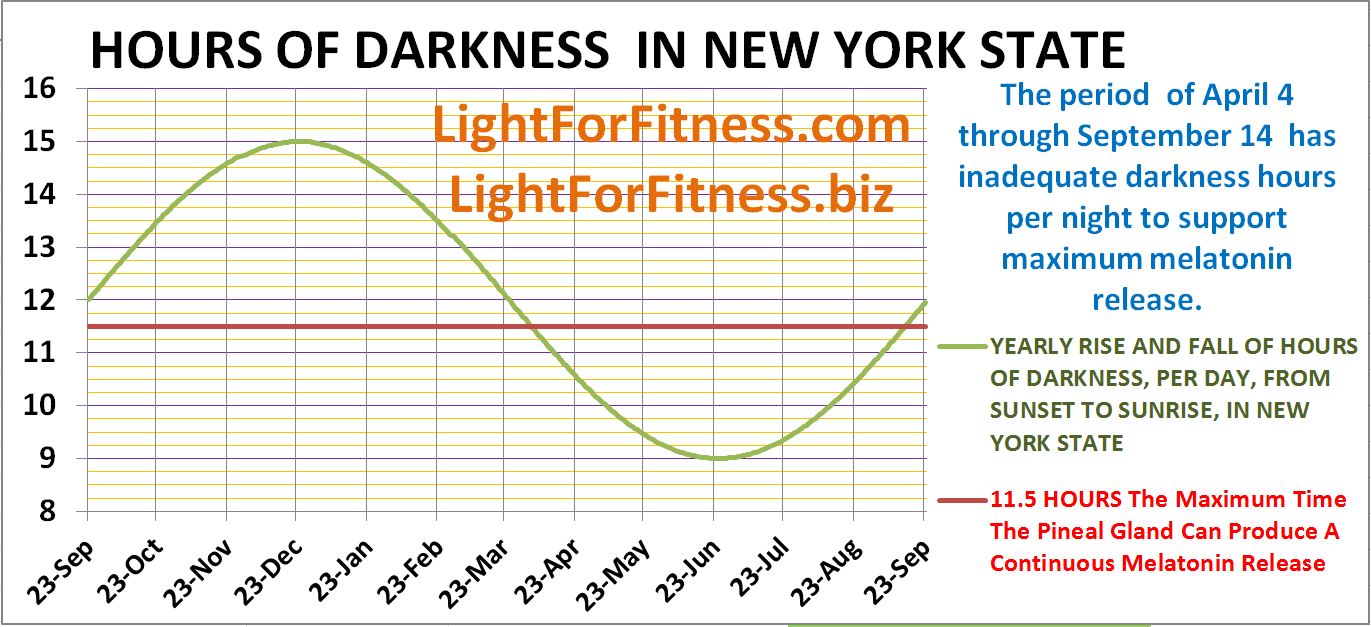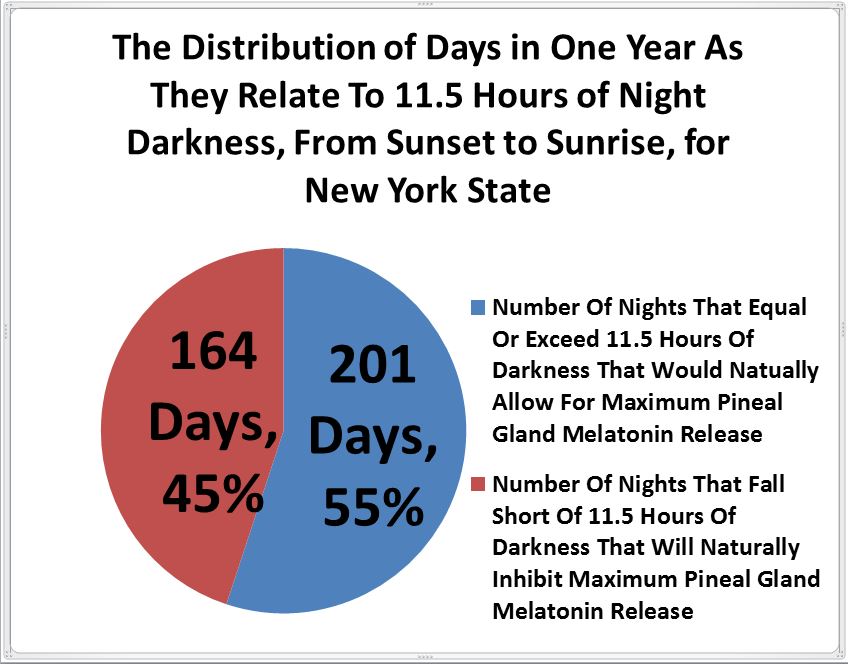MAIN MENU scroll down to read home-town plan
- ABOUT my transformation
- VIDEO TESTIMONIALS Light-Hygiene
- NEWS and EVENTS about Light For Fitness
- OUR EFFORTS toward Research
- BLOG Posts and Comments
- SCIENTIFIC PAPERS (Doubt? Read!)
- EXPLANATIONS OF TECHNICAL TERMS
- how to use – MELATONIN ONSET EYEWEAR – simple plan
- WHY?
- Why use our melatonin onset eyewear?
- Can I just turn off the BLUE PIXELS and skip wearing the orange glasses? NOPE!
- LINKS
- BUY! ENTER STORE FRONT DOOR LightForFitness.biz
how to use – MELATONIN ONSET EYEWEAR – simple plan scroll down to read home-town plan
HOME-TOWN PLAN
Alan has read a lot on the topic of light-hygiene, and he realizes that his body is capable of adapting to the changing seasons based on the timing of eye light exposure, in the same way that the seasonal levels of blood melatonin change in some Northern animals, triggering their new hair coat to grow white when the days shorten. Also, the northern trees’ leaves change colors when the daylight time shortens, again because of light and melatonin. Melatonin affects gene expression. This means that some genes are turned on and some turned off when melatonin levels change. Some believe that as much as 80% of our genetic code is affected by this. This melatonin level change occurs within every 24-hour cycle, and its overall weighting is also affected by the yearly seasons.
For Alan, who is interested in both summer and winter outdoor activities, like hiking, canoeing, fishing, hunting and cross country skiing, a winter adaptation would mean more brown fat production. Brown fat is a kind of fat cell that burns energy to purposely generate heat, as opposed to white fats that merely store energy. Exposure to shorter days and cooler temperatures will cause this winter adaptation and brown fat increase to happen. Also, this adaptation will greatly reduce his carb cravings in the evenings, which is a great help for him as he struggles with blood sugar and blood fat issues. This also means that, when Alan is in a summer adaptation he will feel the need to eat more carbs, so the extremes of adaptation can be a concern.
Having lived in the same latitude all of his life, Alan has noticed that the shorter days do not cause him to suffer seasonal emotional depression such as SAD. So Alan has decided to think about moving away from the simple plan to the home-town plan to recover more melatonin in the winter. Both plans, simple and home-town, will cause Alan to experience a winter adaption, but how much better is the home-town than the simple plan?
The home-town plan means that Alan is going to experience the exact amount of eye light exposure each day that nature would have provided at the latitude where Alan presently lives, for that present date of the year. “Eye light exposure” means light that is rich in blue/green content has entered the eye, but, if a person is wearing melatonin onset eyewear, although they can see clearly, this seeing does not count as eye light exposure in this context. Blue and green light found in white light drives the timing of melatonin.
Alan was curious, did some research and discovered that where he lives at latitude 43 degrees, for 55% of the year, the natural sunrise and sunset would allow him to enjoy 11.5 hours of melatonin production. The pineal gland can release a continuous stream of melatonin for 11.5 hours maximum. (Interestingly, for every latitude on the globe, the entire year allows for the yearly average of 12 hours of day and night, when taking into account every day of the year).
(CLICK ON ANY GRAPHIC TO ENLARGE IT TO FILL THE SCREEN).
Alan was also able to make a calendar of an entire year that shows, for his latitude, how many hours of darkness there are for any given day of the year.
(CLICK ON ANY GRAPHIC TO ENLARGE IT TO FILL THE SCREEN).

It would be very easy for anyone to find this kind of information online for their home-town. For example, below is the link to an online calculator that will tell you the amount of daylight hours for any date of the year at any latitude
And, here below is the link to an online calculator that can tell you the times of sunset and sunrise for any location on the planet for any date of the year.
There are many other ways of finding this kind of information online, in the form of graphs and charts and apps.
The point here is to know the number of hours of darkness for your latitude for today if you want to follow the home-town plan. So, if today is October 23, Alan knows that the number of hours of darkness for his latitude today will be 13.5 hours and if his alarm rings and the bedroom lights turn on at 6AM, he will need to start wearing his melatonin onset eyewear 13.5 hours earlier than 6 AM, which would be at 4:30 PM.
It so happens that the sun sets at 6:30 PM on this same day of October 23. If Alan had stayed with the simple plan this would have placed him 2 hours short for his winter adaptation. Alan’s winter adaption would have been delayed and shallower with the simple plan as compared to the home-town plan. Recall that turning on the artificial lights in the morning constitutes eye light exposure. It doesn’t matter that its still dark outside, what matters is that Alan’s eyes are being exposed to light that is rich in blue and green content at this time, and that is considered “sunrise” as far as Alan’s eye and brain is concerned. Artificial white lighting is rich in blue and green content, as opposed to natural sunset lighting, which is what wearing melatonin onset eyewear simulates by blocking blue and green light.
Following the home-town plan means first noting what time in the morning the artificial lights go on, upon awakening, then subtracting from that time the number of hours of darkness nature would have provided for you. This calculated time is when you should begin to wear your melatonin onset eyewear.
This does not mean that Alan slept 13.5 hours, it means that he was wearing melatonin onset eyewear prior to sleep. His total eye darkness time includes both his sleeping time plus his melatonin onset eyewear wearing time prior to sleeping, altogether totaling the 13.5 hours of darkness time, which is the number of hours (13.5) that nature would have provided to him, on that particular date, for his home-town latitude.
During the peak of summer, this plan will prevent Alan from getting 11.5 hours of melatonin onset and will force him into a summer adaptation (during the period of April through September), just as the excess hours of darkness during winter will cause a winter adaptation (during the period of October through March).
Another approach that might work is to wear the melatonin onset eyewear when you turn on the artificial lighting upon awakening, to recover those hours the simple plan lets slip away. The possible drawback to this method is that the eye has gone into a full night adaptation and is most sensitive to light at this time. It is possible that melatonin onset eyewear might not block enough light for the night-adapted eye to preserve morning melatonin release. More research needs to be done to experiment with this idea.
What is known to date is that if one uses a morning simulator, that doing so will advance melatonin onset. What is a morning simulator?
A morning simulator is a light that turns on automatically an hour or so before you awake. The light that gently passes through your closed eyelids while you sleep is registered as eye light exposure during a time that advances the melatonin onset for the next 24-hour cycle. (A person suffering from SAD might use this device). This is significant because it is mostly the red portion of white light that passes through the eyelids. Red light for a non-night-adapted eye is considered as a non-light exposure for melatonin timing purposes. Apparently though, for the night-adapted eye, even red light is considered an exposure, therefore this might mean that wearing melatonin onset eyewear upon awakening will only work partially or not at all.
Now you know how to experiment with the home-town plan.
But, a person might discover upon using the home-town plan that the extreme lengths of day and night during the peaks of summer and winter are too long for that person to adapt to without causing SAD or summer-time diabetes.
This is why there is the lower latitude plan. Click onto the lower latitude plan below to read more.
how to use – MELATONIN ONSET EYEWEAR – simple plan scroll up to read home-town plan
MAIN MENU scroll up to read home-town plan
- ABOUT my transformation
- VIDEO TESTIMONIALS Light-Hygiene
- NEWS and EVENTS about Light For Fitness
- OUR EFFORTS toward Research
- BLOG Posts and Comments
- SCIENTIFIC PAPERS (Doubt? Read!)
- EXPLANATIONS OF TECHNICAL TERMS
- how to use – MELATONIN ONSET EYEWEAR – simple plan
- WHY?
- Why use our melatonin onset eyewear?
- Can I just turn off the BLUE PIXELS and skip wearing the orange glasses? NOPE!
- LINKS
- BUY! ENTER STORE FRONT DOOR LightForFitness.biz
